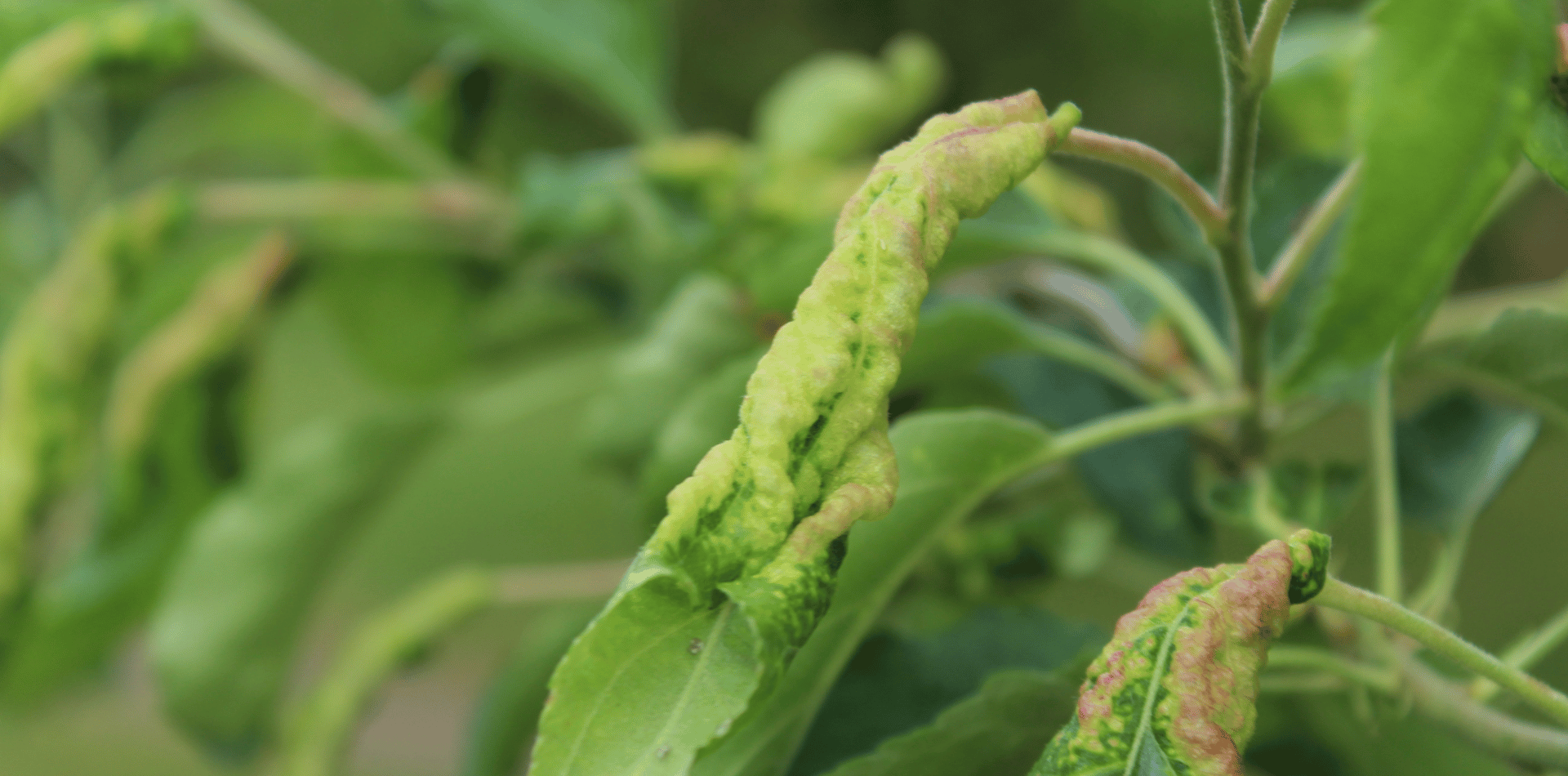The Environmental Impacts of Tree Removal
The Environmental Impacts of Tree Removal: A Comprehensive Overview
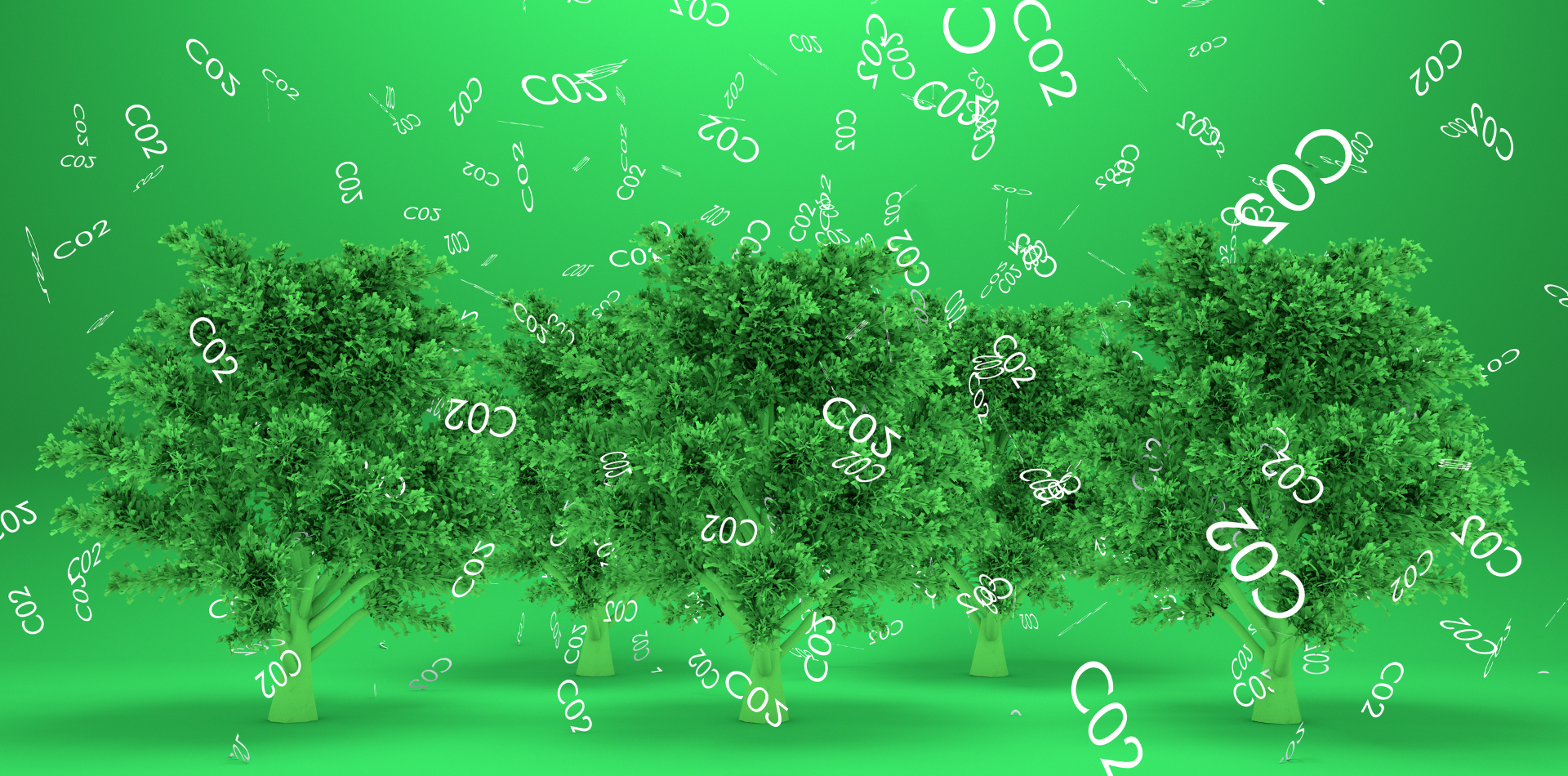
The removal of trees, a practice as old as human civilisation itself, has both direct and indirect consequences on the environment.
While sometimes necessary for urban development, safety, or agricultural purposes, the impacts of tree removal extend far beyond the immediate loss of vegetation.
Here we will delve into the multifaceted environmental impacts of tree removal, exploring how it affects biodiversity, climate, soil health, water cycles, and human well-being. Understanding these impacts is crucial for developing sustainable practices that balance human needs with ecological preservation.
The Role of Trees in the Environment
Before assessing the impacts of tree removal, it is essential to understand the vital roles trees play in the environment.
Trees contribute to biodiversity, serve as carbon sinks, regulate water cycles, prevent soil erosion, and provide habitat and food for countless species. They also offer significant benefits to human populations, including cooling urban areas, improving air quality, and enhancing mental health.
Biodiversity Loss
One of the most immediate and visible impacts of tree removal is the loss of biodiversity.
Trees are foundational to many ecosystems, supporting a wide range of plant, animal, and microbial life. The removal of trees disrupts these ecosystems, leading to a decline in species diversity and abundance. Specialist species, which rely on specific tree types for their survival, are particularly vulnerable.
The fragmentation of habitats, a common consequence of tree removal, further exacerbates biodiversity loss by isolating populations and reducing genetic diversity.
Impact on Wildlife
The removal of trees directly impacts wildlife by destroying their habitats.
Nesting birds, arboreal mammals, and countless insect species face displacement. The loss of fruit-bearing trees also diminishes food sources, affecting the survival of various animals.
The cascading effects on the food web can lead to an imbalance in ecosystem dynamics, with unforeseen consequences for both wildlife and human populations.
Climate Change Acceleration
Trees play a critical role in mitigating climate change by absorbing carbon dioxide (CO2) from the atmosphere.
The removal of trees not only ceases this carbon sequestration but also releases stored carbon back into the atmosphere, contributing to greenhouse gas concentrations.
Deforestation, particularly in tropical regions, is a significant driver of climate change, accounting for about 10% of global greenhouse gas emissions according to the World Resources Institute.
Urban Heat Islands
In urban areas, tree removal exacerbates the urban heat island effect.
Trees provide shade and release water vapor through transpiration, cooling the air. The loss of urban trees leads to higher temperatures, increased energy consumption for cooling, and elevated levels of air pollution.
Soil Degradation
Trees play a pivotal role in maintaining soil health through their root systems, which stabilise soil and prevent erosion.
Their leaves also contribute to the soil's organic matter, enhancing fertility. The removal of trees can lead to soil degradation, including erosion, decreased fertility, and the disruption of soil microbial communities.
In agricultural landscapes, this can diminish crop yields and increase vulnerability to floods.
Altered Water Cycles
Trees are integral to the water cycle, influencing both the quantity and quality of water resources.
They help regulate groundwater recharge and reduce surface runoff, mitigating flood risks. Tree removal can lead to changes in local and regional hydrology, including reduced water quality, increased flood risk, and altered stream flows.
In areas reliant on forested watersheds for potable water, deforestation can compromise water security.
Human Well-being and Economic Impacts
The environmental impacts of tree removal have significant repercussions for human well-being and economic stability.
Reduced air and water quality, increased exposure to extreme weather events, and loss of recreational and aesthetic values are just a few examples.
Economically, the degradation of natural resources can affect industries such as tourism, agriculture, and fisheries, leading to job losses and decreased food security.
Mitigation and Sustainable Practices
Mitigating the environmental impacts of tree removal involves implementing sustainable land management practices, promoting reforestation and afforestation, and adopting policies that balance development needs with environmental preservation. Urban planning should incorporate green spaces and tree planting as essential elements, while agricultural practices can benefit from agroforestry and conservation farming techniques.
The removal of trees has far-reaching environmental impacts, from biodiversity loss to the exacerbation of climate change.
It is imperative to recognize the critical roles trees play in the environment and adopt practices that ensure their protection and restoration.
By prioritising sustainable development and conservation, we can mitigate the adverse effects of tree removal and preserve the ecological balance for future generations.


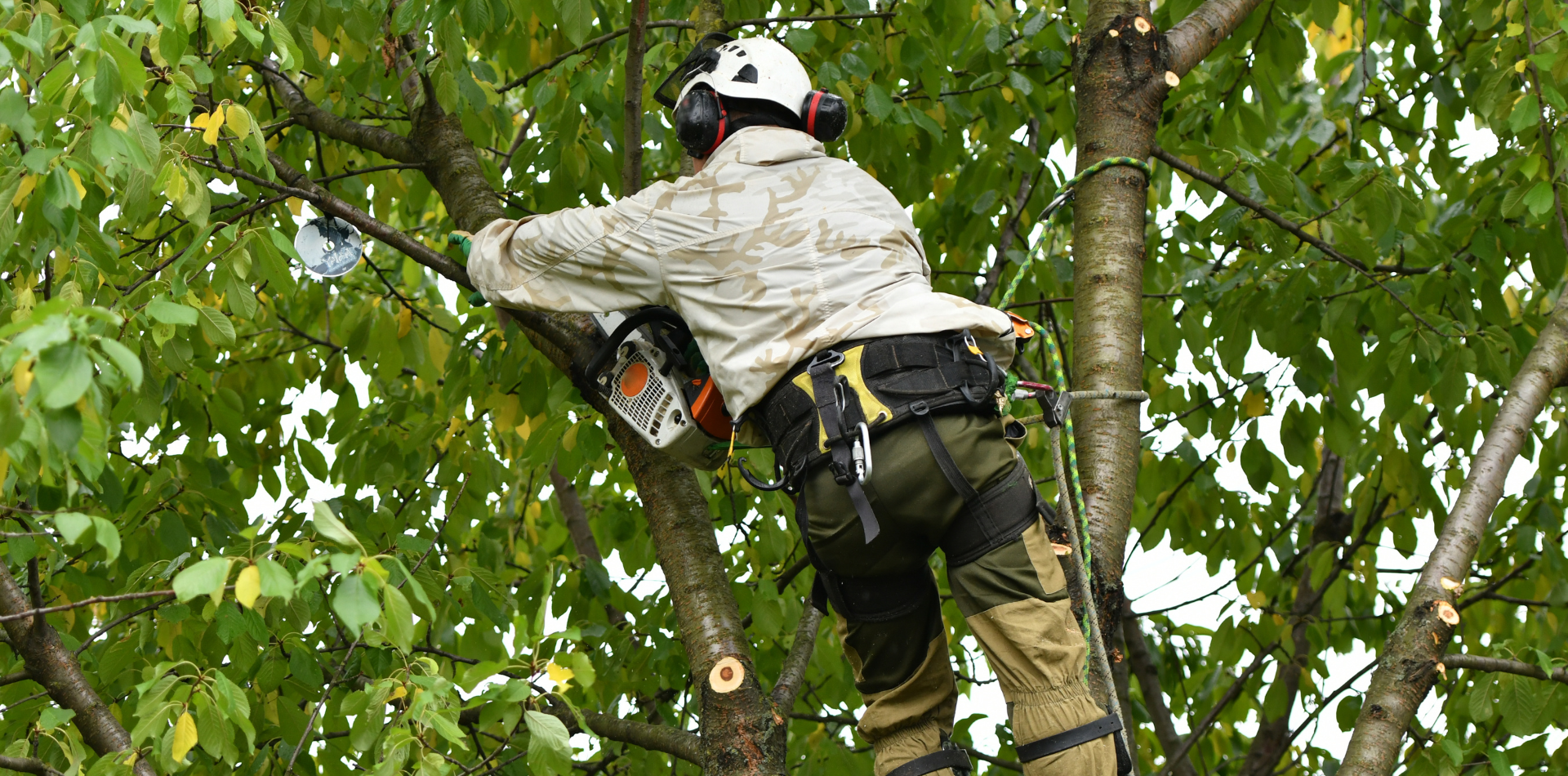
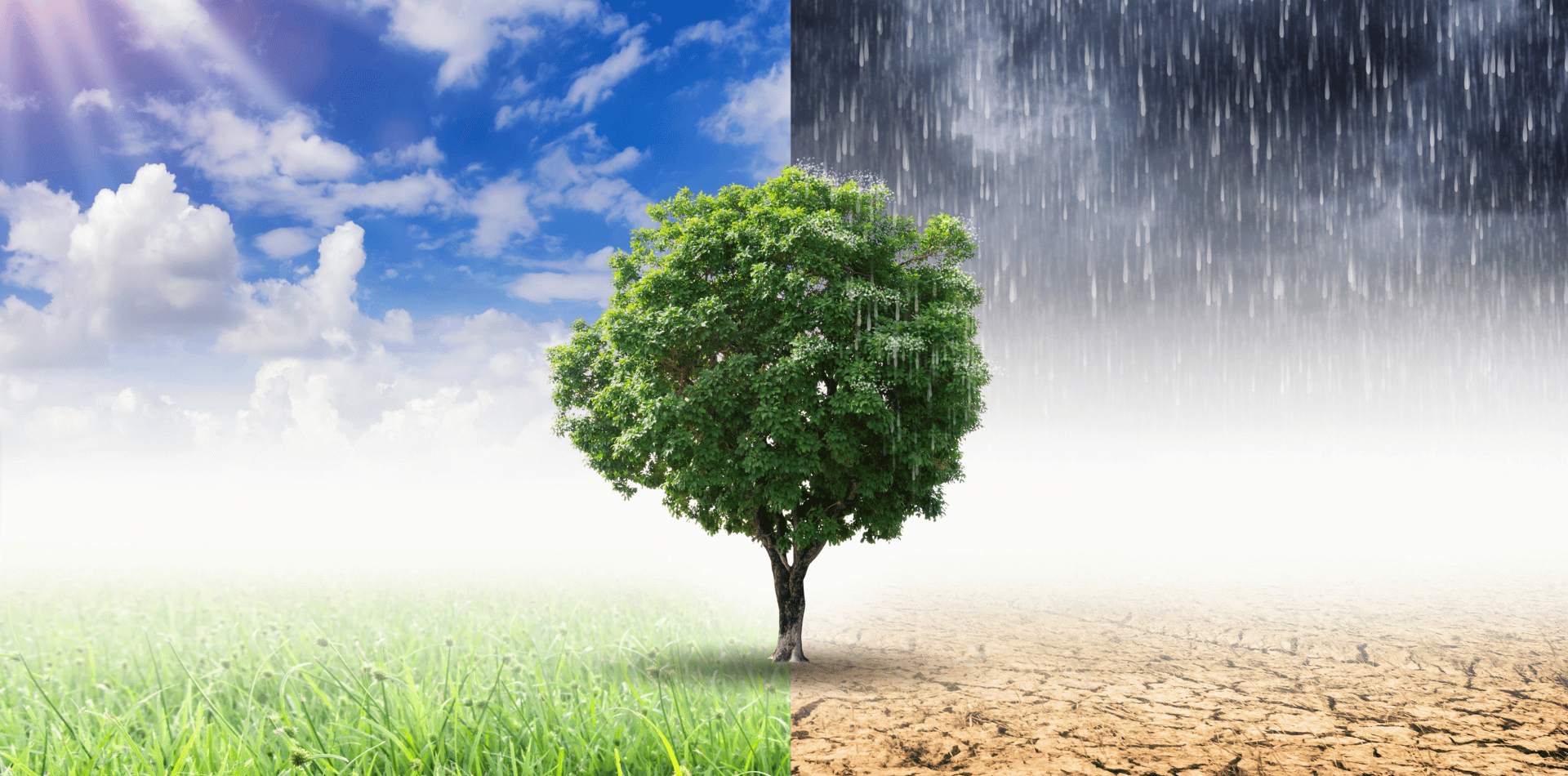
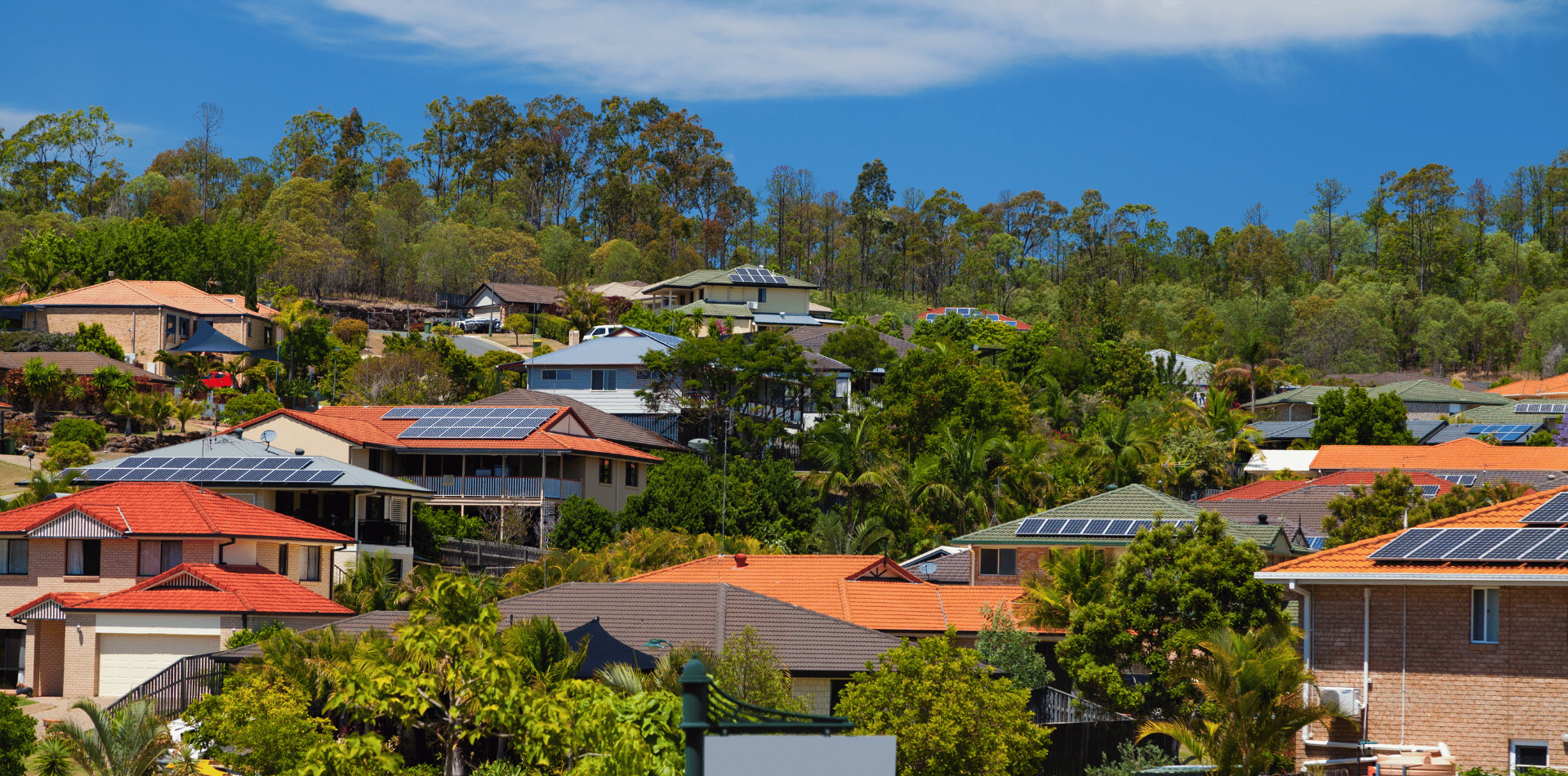
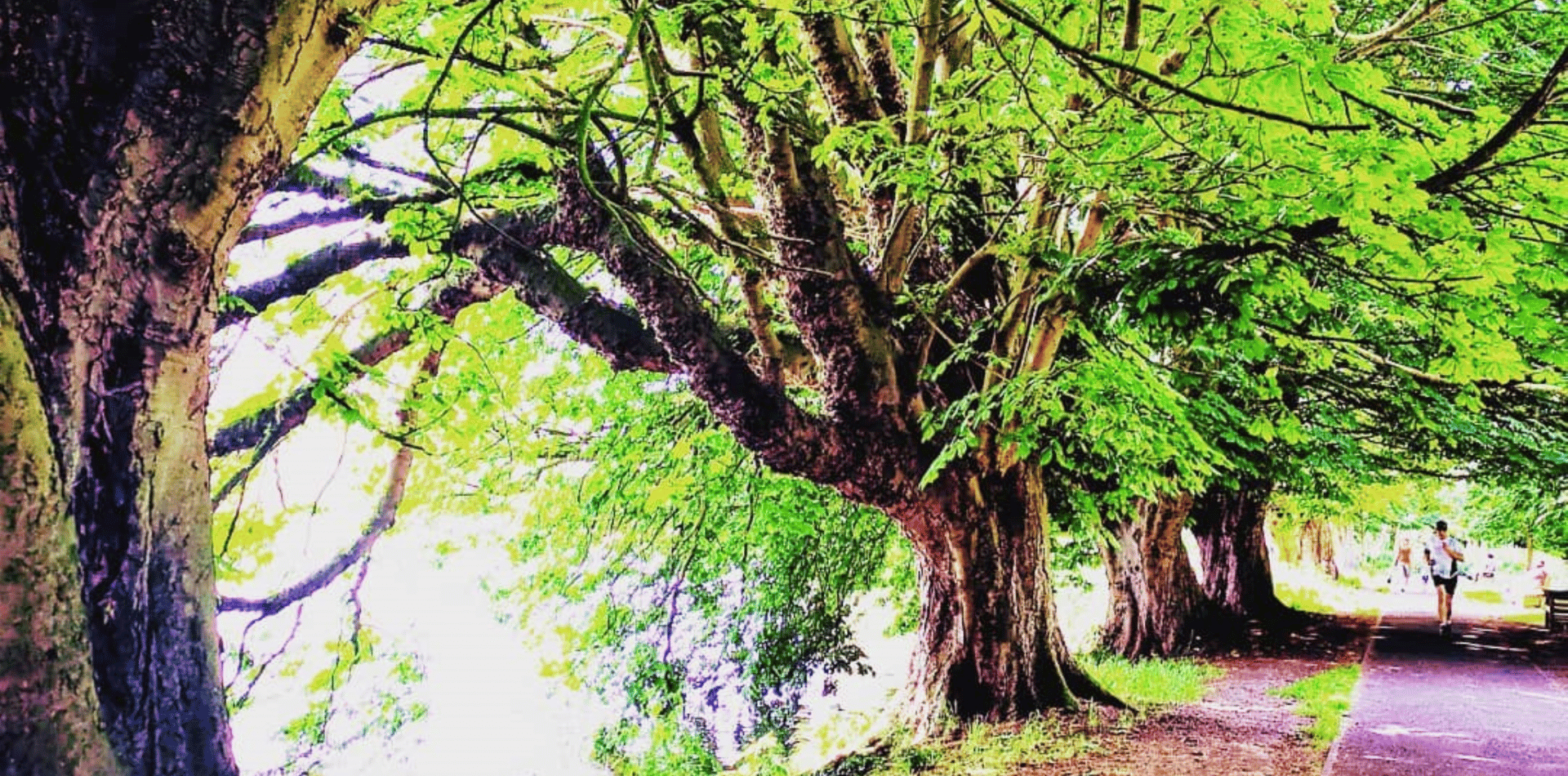
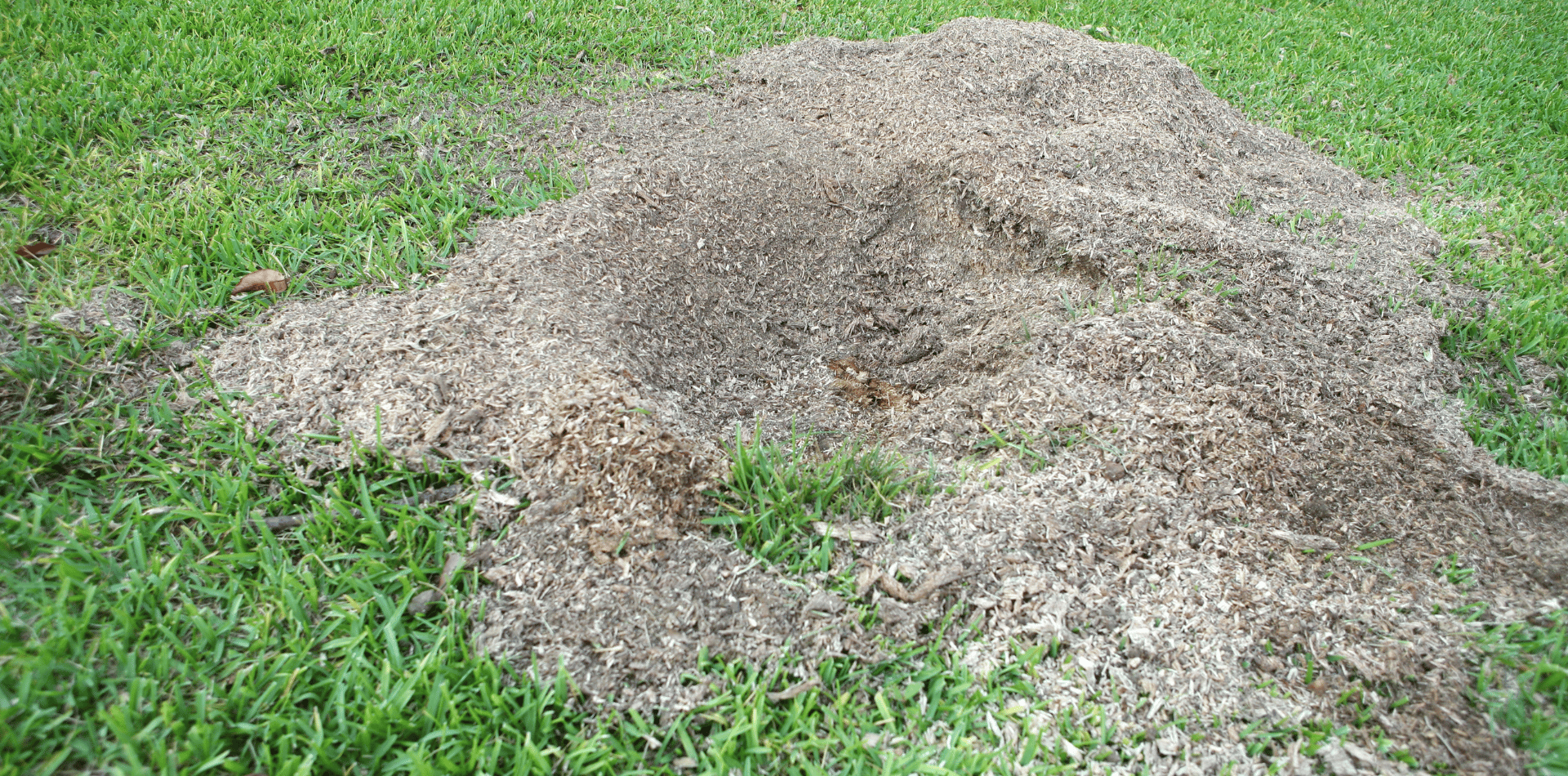
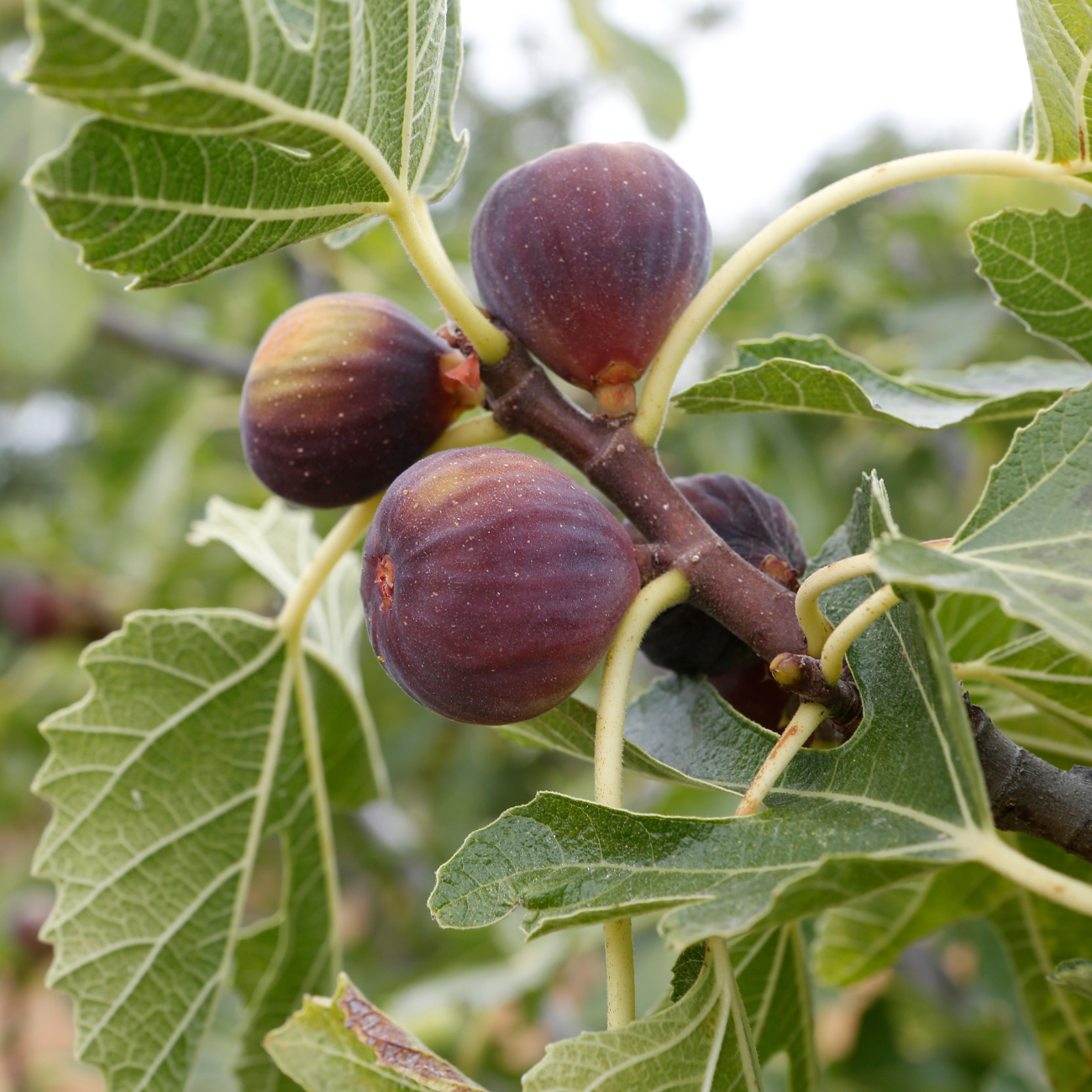

Contact
Kaptol Tree Removal Newcastle
A Member of the Kaptol Group
Powered by Kaptol Media

